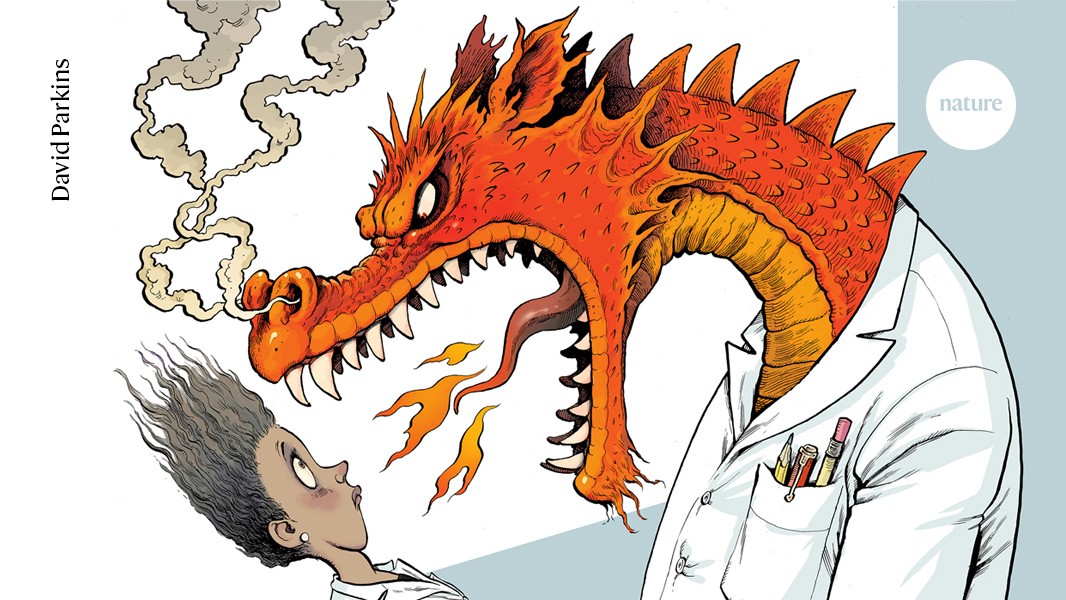Fujishima, A. & Honda, K. Electrochemical photolysis of water at a semiconductor electrode. Nature 238, 37–38 (1972).
Pinaud, B. A. et al. Technical and economic feasibility of centralized facilities for solar hydrogen production via photocatalysis and photoelectrochemistry. Energ. Environ. Sci. 6, 1983–2002 (2013).
Fabian, D. M. et al. Particle suspension reactors and materials for solar-driven water splitting. Energ. Environ. Sci. 8, 2825–2850 (2015).
Wang, Q. & Domen, K. Particulate photocatalysts for light-driven water splitting: mechanisms, challenges, and design strategies. Chem. Rev. 120, 919–985 (2020).
Duonghong, D., Borgarello, E. & Graetzel, M. Dynamics of light-induced water cleavage in colloidal systems. J. Am. Chem. Soc. 103, 4685–4690 (1981).
Kim, J. et al. Highly efficient overall water splitting through optimization of preparation and operation conditions of layered perovskite photocatalysts. Top. Catal. 35, 295–303 (2005).
Kato, H., Asakura, K. & Kudo, A. Highly efficient water splitting into H2 and O2 over lanthanum-doped NaTaO3 photocatalysts with high crystallinity and surface nanostructure. J. Am. Chem. Soc. 125, 3082–3089 (2003).
Kim, H. G., Hwang, D. W., Kim, J., Kim, Y. G. & Lee, J. S. Highly donor-doped (110) layered perovskite materials as novel photocatalysts for overall water splitting. Chem. Commun. 12, 1077–1078 (1999).
Takata, T. et al. Photocatalytic water splitting with a quantum efficiency of almost unity. Nature 581, 411–414 (2020).
Wang, Q. et al. Oxysulfide photocatalyst for visible-light-driven overall water splitting. Nat. Mater. 18, 827–832 (2019).
Luo, L. & Maggard, P. A. Effect of ligand coordination on the structures and visible-light photocatalytic activity of manganese vanadate hybrids. Cryst. Grow. Des. 13, 5282–5288 (2013).
Maeda, K. & Domen, K. Photocatalytic water splitting: recent progress and future challenges. J. Phys. Chem. Lett. 1, 2655–2661 (2010).
Reece, S. Y. et al. Wireless solar water splitting using silicon-based semiconductors and earth-abundant catalysts. Sci. 334, 645–648 (2011).
Kempa, T. J. et al. Single and tandem axial p-i-n nanowire photovoltaic devices. Nano. Lett. 8, 3456–3460 (2008).
Mohite, A. D. et al. Highly efficient charge separation and collection across in situ doped axial VLS-grown Si nanowire p–n junctions. Nano. Lett. 12, 1965–1971 (2012).
Jung, Y., Vacic, A., Perea, D. E., Picraux, S. T. & Reed, M. A. Minority carrier lifetimes and surface effects in VLS-grown axial p–n junction silicon nanowires. Adv. Mater. 23, 4306–4311 (2011).
Gabriel, M. M. et al. Imaging charge separation and carrier recombination in nanowire p-i-n junctions using ultrafast microscopy. Nano. Lett. 14, 3079–3087 (2014).
Hill, D. J., Teitsworth, T. S., Ritchie, E. T., Atkin, J. M. & Cahoon, J. F. Interplay of surface recombination and diode geometry for the performance of axial p–i–n nanowire solar cells. ACS Nano. 12, 10554–10563 (2018).
Cordoba, C., Teitsworth, T. S., Yang, M., Cahoon, J. F. & Kavanagh, K. Abrupt degenerately-doped silicon nanowire tunnel junctions. Nanotechnol. 31, 415708 (2020).
Hill, D. J., Teitsworth, T. S., Kim, S., Christesen, J. D. & Cahoon, J. F. Encoding highly nonequilibrium boron concentrations and abrupt morphology in p-type/n-type silicon nanowire superlattices. ACS Appl. Mater. Interfaces 9, 37105–37111 (2017).
Ritchie, E. T. et al. Mapping free-carriers in multijunction silicon nanowires using infrared near-field optical microscopy. Nano Lett. 17, 6591–6597 (2017).
Su, Y. et al. Single-nanowire photoelectrochemistry. Nat. Nanotechnol. 11, 609–612 (2016).
Kim, S. & Cahoon, J. F. Geometric nanophotonics: light management in single nanowires through morphology. Acc. Chem. Res. 52, 3511–3520 (2019).
Holmberg, V. C., Bogart, T. D., Chockla, A. M., Hessel, C. M. & Korgel, B. A. Optical properties of silicon and germanium nanowire fabric. J. Phys. Chem. C 116, 22486–22491 (2012).
Gerken, J. B. et al. Electrochemical water oxidation with cobalt-based electrocatalysts from pH 0–14: the thermodynamic basis for catalyst structure, stability, and activity. J. Am. Chem. Soc. 133, 14431–14442 (2011).
Christesen, J. D. et al. Design principles for photovoltaic devices based on Si nanowires with axial or radial p–n junctions. Nano Lett. 12, 6024–6029 (2012).
Mujica, M. et al. The geode process: hollow silica microcapsules as a high surface area substrate for semiconductor nanowire growth. ACS Appl. Nano Mater. 3, 905–913 (2020).
Royea, W. J., Juang, A. & Lewis, N. S. Preparation of air-stable, low recombination velocity Si(111) surfaces through alkyl termination. Appl. Phys. Lett. 77, 1988–1990 (2000).
Bansal, A. & Lewis, N. S. Stabilization of Si photoanodes in aqueous electrolytes through surface alkylation. J. Phys. Chem. B 102, 4058–4060 (1998).
Bywalez, R., Karacuban, H., Nienhaus, H., Schulz, C. & Wiggers, H. Stabilization of mid-sized silicon nanoparticles by functionalization with acrylic acid. Nanoscale Res. Lett. 7, 76 (2012).
Luttmer, J. D. & Trachtenberg, I. Performance predictions for solar‐chemical converters based on photoelectrochemical I‐V curves. J. Electrochem. Soc. 132, 1312–1315 (1985).
Mangolini, L., Thimsen, E. & Kortshagen, U. High-yield plasma synthesis of luminescent silicon nanocrystals. Nano Lett. 5, 655–659 (2005).
Heath, J. R. A liquid-solution-phase synthesis of crystalline silicon. Science 258, 1131–1133 (1992).
Vargas-Estevez, C. et al. Suspended silicon microphotodiodes for electrochemical and biological applications. Small 13, 1701920 (2017).
Ohiri, U. et al. Reconfigurable engineered motile semiconductor microparticles. Nat. Commun. 9, 1791 (2018).
Heinrich, J. L., Curtis, C. L., Credo, G. M., Sailor, M. J. & Kavanagh, K. L. Luminescent colloidal silicon suspensions from porous silicon. Sci. 255, 66–68 (1992).
Christesen, J. D., Pinion, C. W., Zhang, X., McBride, J. R. & Cahoon, J. F. Encoding abrupt and uniform dopant profiles in vapor–liquid–solid nanowires by suppressing the reservoir effect of the liquid catalyst. ACS Nano 8, 11790–11798 (2014).
Kim, S. et al. Designing morphology in epitaxial silicon nanowires: the role of gold, surface chemistry, and phosphorus doping. ACS Nano 11, 4453–4462 (2017).
Sze, S. M. & Ng, K. K. Physics of Semiconductor Devices 3rd edn (Wiley-Interscience, 2007).
Taubner, T., Hillenbrand, R. & Keilmann, F. Performance of visible and mid-infrared scattering-type near-field optical microscopes. J. Microsc. 210, 311–314 (2003).







More News
My PI yelled at me and I’m devastated. What do I do?
US National Academies report outlines barriers and solutions for scientist carers
A deconstruction-reconstruction strategy for pyrimidine diversification – Nature